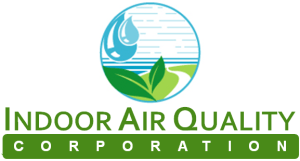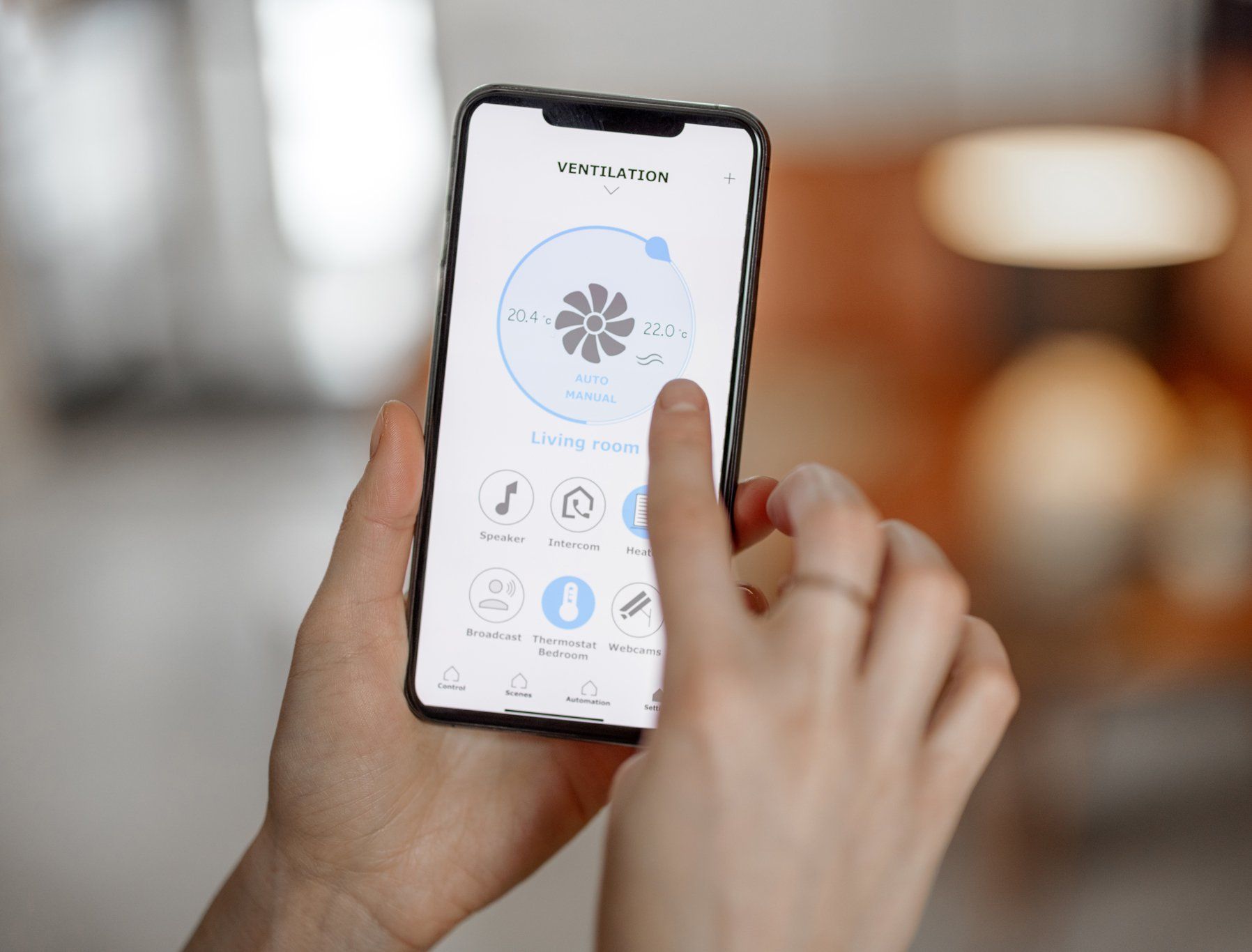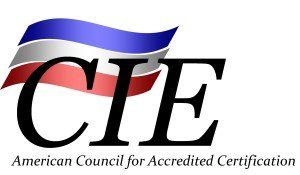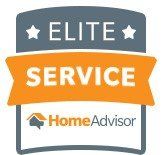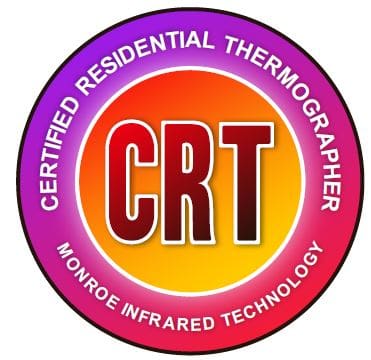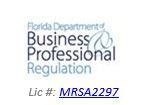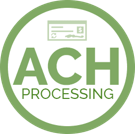RESIDENTIAL AND COMMERCIAL MULTI-IAQ INSPECTION AND TESTING SERVICES
• • •
Helping Our Clients Breathe Easier Everyday
Now more than ever, as we spend more and more time indoors, we spend the majority of our day breathing the air within our homes and offices. But, did you know that the air inside of your home can be up to five times dirtier than the air outside? Allergens, mold, fibergalss, and other materials found inside and outside of your home can be putting yourself and anyone that shares your space at risk.
At Indoor Air Quality Corporation, we partner with clients across Martin, Broward, and Monroe Counties, to deliver peace of mind that allows them to breathe easier and feel their best. We provide a wide variety of indoor air quality testing services for homeowners and commercial businesses alike. With lab results back within 24-hours and receipt of a detailed report of our findings and recommended remediation options, investing in your health and safety has never been easier. Call 954-227-7001!
Our Inspection Process
-
PHASE I. The INTERVIEW
Knowing the history of the structure and how the environment has participated in its current state is very important.
IAQ Corp inspectors are trained in asking the important, often overlooked, questions that “tell the story”.
-
PHASE II. The SEARCH
Leave no stone unturned…
IAQ Corp Inspectors visually examine both the exterior and interior of the structure to pinpoint problem areas in your building.
Where is there visible mold growth? Crawlspace, attic, or hidden in a bathroom wall? All of these are common locations for mold growth. Throughout the visual mold inspection, sophisticated sensory equipment is used to locate probable areas of growth.
-
PHASE III. The CAUSE
IAQ Corp Inspectors will determine the cause which supplies the moisture for of the mold growth. Why? Mold requires many things to grow…but the one it cannot grow without is water, therefore we look for sources of excessive moisture. Common sources may include: Cracks in exterior cladding, roof leaks, plumbing leaks, high humidity due to poor air conditioning systems.
After the IAQ Corp Inspector identifies the where and why, the next part will be to outline our recommendations. We provide expert advice and consultation specifically tailored to your unique situation.
The IAQ Corp inspectors’ measurements are used to formulate an environmental impact hypothesis of the indoor environmental conditions. Once we finish formulating a hypothesis, it is time to test it.
Our sampling may involve mold sampling, bacteria sampling, VOC testing, particle counts, and allergen screening. This allows us to determine specific types and levels of contaminants that may be affecting your indoor environment.
-
PHASE IV. The TESTING
Is it MOLD, ALLERGENS, VOC’s? The Indoor Environment can be a source of one or multiple pollutants.
Once identified, our inspectors will proceed at your request and approval to test. This testing may take many forms.
Types of Testing IAQCorp Offers:
-
MOLD TESTING
If an IAQ Corp inspection has revealed the need for further testing, our comprehensive mold testing will serve to provide you with three important pieces of information:
- Presence of mold.
- We will use any of several types of sampling to determine if a suspected area contains mold growth
Type of mold.
Is the mold growth Stachybotrys, Aspergillus, or Cladosporium? Distinguishing between different types of mold growth is impossible without laboratory sampling. As such Step By Step Inspections only uses Accredited and Certified Laboratories. As such, our mold testing accurately determines the species of mold growth in your building.
Quantity of mold.
Mold spores can be found in the cleanest of buildings, therefore we measure the quantity of mold to determine if a mold problem is present.
Types of mold testing:
- Airborne
- Surface
- Bulk
- Dust
- PCR
- mVOC
-
VOLATILE ORGANIC COMPOUND (VOC) TESTING
An IAQ Corp inspection is not limited and as such this line of testing can prove fruitful when the cause of an indoor odor cannot be identified since a VOC test I'd used to identify thousands of different types of organic gases.
Studies conducted by the EPA have found that VOC levels of common pollutants are 2 to 5 times higher inside the home than outside.
VOC’s come from a wide variety of outgassing sources including Paints and lacquers, cleaning supplies, pesticides, building materials and furnishings, office equipment such as copiers and printers, and even some cosmetics.
-
FORMALDEHYDE
“Formaldehyde Analysis by HPLC/UV of Passive Monitoring Badges via modified NIOSH 2016”
-
SILICA
"Silica w/ Total or Respirable Dust by NIOSH 7500/OSHA ID142-All Species, Alpha
Quartz, Cristobalite, Tridymite”
-
CO2
-
FIBERGLASS
IAQCorp also test for Fiberglass which are man-made vitreous fibers or asbestiform minerals.
Methods & Equipment: Phase Contrast Microscopy (PCM) – Zeiss, Axioplan
Polarized Light Microscopy (PLM) – Zeiss, Universal Petrographic Microscope
Scanning Electron Microscopy (SEM) – EmCraft, EOI
Energy Dispersive X-ray Spectrometry (EDX) – IXRF, model 550i
Method NIOSH 7400 – Asbestos and other fibers by PCM
-
WATER TESTING FOR FOOD & MANUFACTURING FACILITIES
IAQCorp test for many types of water concerns, especially manufacturing plants. Please inquire within.
-
BACTERIA TESTING
An IAQ Corp inspection may reveal the need for Bacteria Testing is dangerous bacteria growth is suspected?
An example of bacteria is E. Coli. E. Coli can lurk in sewage contaminated water which may be present indoors if a toilet has recently backed up into the home. Our swab sampling analysis can detect E. Coli and other types of Coliforms.
Bacteria sampling is useful to in:
- Determining inhalation exposure.
- Identifying the presence of hidden sources of bacterial growth.
-
ALLERGEN TRIGGERS SCREENING
Many times, a concern by a client of mold, will turn out instead to be a ALLERGENS issue.
People with allergies and asthma think of their home as a safe haven. Unfortunately, houses carry their own unique allergens such as dust mites, animal dander, and cockroaches.
Doctors have determined that these indoor triggers are a major source of asthma and allergy symptoms.
An IAQ Corp Allergens Assessment is useful in revealing the presence and exposure to pollen, grass, ragweed, algae, diatoms, fern, moss, spores, fungus, Cat and Dog dander, insect parts, skin cell fragments, dust mites, fiberglass, soot, rusts, carbon, and Mold spores.
And now….The REPORTING
Unlike our competitors, an IAQ Corp report is not only Confidential, but it is also custom written to the environment of the property inspected and tested. This custom digital report will contain as a minimum:
Introduction.
This section describes who did what where.
Background.
This section describes the history and the nature of the problem/inspection. Notes taken from conversations or interviews are be placed in this section. All information collected from Phase I of the is listed here.
Scope of Work.
Description of work performed as per the contract including a description of the physical areas of focus and limitations of assessment.
Site Visit Findings.
Information gathered from the walk-through inspection will be summarized here. Any stains, growth, odors or problems are listed in this section as well as all information collected from Phase II of the Inspection Process is listed here.
Measurements.
Indicator measurements including temperature, relative humidity and moisture meter readings are listed in this section as will be the table created from Phase III.
Sampling.
Any samples taken in accordance with Phase IV on the are described in this section. Also included is the justification of why the sampling was performed and the laboratory performing the analysis. Lab reports will be an appendix.
Conclusions.
Here we will summarize the problems identified in the assessment and the suspected concerns.
Recommendations.
Here our inspector will describe specific implementation steps for the client to follow to resolve the issue. The inspector will cite any standards or guidelines in the justification of our recommendations.
If required and recommended, the inspector will advise if there are to be Remedial Steps to be followed and if such will provide a cost of supplying, if requested, a Recommended Guidelines For Abatement (Protocol).
Appendix A
On Site Photographs
Appendix B
Lab Report, if any
… and much, much more!
BREATHE HEALTHIER LIVES!
WHY CHOOSE AN IAQ CORP MOLD INSPECTION?
* Only Certified Mold Assessors
* Digital Reporting
* 24 Hour Results Available
* Report emailed to anyone you choose worldwide
* The most thorough inspection procedures ever offered
* Competitive pricing
* FOUNDING CHARTER MEMBER of IEAQC - International Environmental Air Quality Association
* Member of Environmental Solutions Association
* Continuing education for our staff
* All tests sent to AIHA Accredited Lab
Indoor Air Quality Corporation is Top Rated in Fort Lauderdale
Top Rated Mold & Asbestos Services in
Contact IAQCorp today at 954-227-7001 to schedule your residential or commercial testing services!
Hear What Our Customers Have to Say...

★★★★★
"I just want to thank Indoor Air Quality and Nanette Gordon for being thorough and taking care of numerous clients of ours with zero complaints. Her reports are thorough and make my job easier as well as helping homeowners with identifying environmental hazards and removing them from homes. Her Mold Protocols are excellent"
Bryce M.
Button
★★★★★
"Nanette did a great job. She was kind and confirmed the fact that there was mold in my apartment. I used her findings and report to get my rent and deposit back and move without any problems. I highly recommend."
Andrew S.
Button
★★★★★
"Having previously used another company, about 5 years ago, for the same problem, I must say that this company was far and above more professional. They not only checked the area I had mentioned to them, they actually checked out the entire house. Very professional. I would highly recommend them to anyone looking for a mold inspection."
Marco C.
Button
★★★★★
"He was extremely reliable, professional, courteus, and did a great job. We were dealing with this issue from NJ and he has been very accomodating due to this. He even recommended a good mold remediation company to work with after the the tests came back."
Ventralla J.
Button
★★★★★
"Very professional. Thorough testing of all areas of my condo. Report was very detailed along with recommendations for remediation and follow up."
Mel Y.
Button
★★★★★
"Nanette was punctual,professional ,friendly, and answered all of my questions."
Zaids H.
Button
★★★★★
"It went extremely well! The provider was very detailed in the inspection and she took the time to explain it to me as well. The provider got back to me right away with details and even suggested what I need to do to have a clean and safe living environment."
Verified Angie's List Review
Button
★★★★★
"Worth every penny. Courteous, professional and very knowledgable"
Jessica G.
Button
★★★★★
"Nanette and her company were excellent in finding mold intrusion in our air conditioning closet, and following through on the clean-up with both our condo's management, the re mediator, our A/C contractor and us. Highly recommended."
Jerry J.
Button
